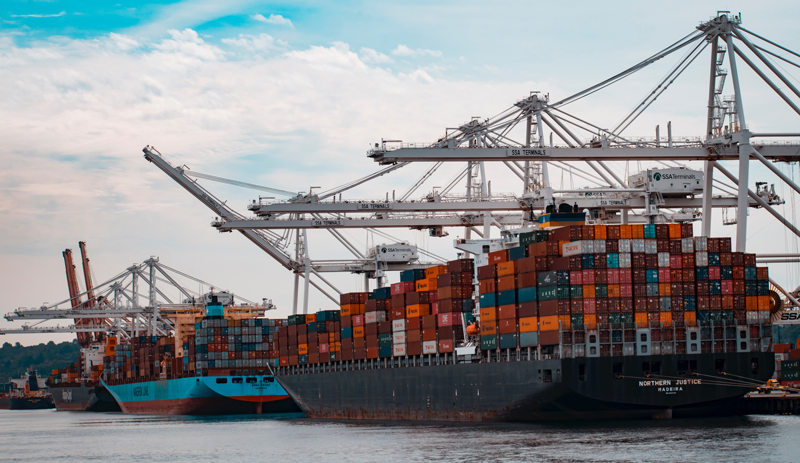Introduction
Currently, freight prices are at an all-time high. And that’s because the ocean container goods are more expensive than ever. But it’s more than just containers – LNG shipping is also breaking the new records.
For instance, the LNG cost in Asia is significantly higher than in the U.S. It means shippers are able to pocket huge profits and as well as pay record-high transport cargo rates throughout the Atlantic and Pacific.
For instance, when it comes to LNG shipping, there is more than enough room for rates to increase. The good news is that traders and shippers can continue to profit from their cargo. As far as the container sector goes, the downside is that there are not many LNG ships left to meet the high demand.
Will Increased Freight Prices Last for a Long Time?
In short, the spike in freight prices is temporary, but it will have a positive long-term impact on traders and shippers. It is imperative to understand that COVID-19 managed to supercharge freight rates and consumers decided to switch to buy services rather than goods.
On the other hand, LNG shipping rates in Asia have had several production outages since the start of the COVID-19 pandemic crisis. Professional logistics and trade analysts state the relationship between high prices and moderate weather. In fact, high freight prices would lead to more robust demand for the next seasons.
High Profits of LNG Carriers
Experts also indicate that LNG carrier rates will stay strong throughout the first quarter of 2021. It is no wonder a Japanese ocean carrier, ONE, managed to earn a record profit of $744 million in the Q3 of 2020. The ocean carrier expects to see profits reach as high as $2.5 billion in 2021.
In comparison, the profit margin represents a 172% increase from the last year due to a spike in freight rates. Cosco, a Chinese shipping firm, also reported a massive net profit. The company intends to capitalize on high demand and high freight rates throughout the second quarter of 2021.
What about Port Congestion?
With the onslaught of the COVID-19 crisis, there was an increased labor shortage and limited operational production in several locations. Both factors ultimately took a toll in the form of port congestion and extended port stays.
What about Truck and Rail Traffic?
Yes, there was reduced productivity and extensive truck and rail traffic. But chartered and sailing ships managed to recover. It is the reason many carriers have ordered a massive amount of containers to create a vast network and mitigate the overall impact of labor and equipment shortage.
Conclusion
Despite initial reservations in the Q1 of 2021, it looks like the freight prices and cargo movement will continue to be firm for Q2 and Q3. Since the start of the coronavirus outbreak, shippers and traders continue to adapt to new market demand and supply changes.
Whether it’s a volatile economy or changing preferences of consumers, shipping companies in the U.S. will continue to make the most out of advanced tech tools. In hindsight, shipping businesses want to improve overall forecasting and meet high demand.

Resourceful and innovative Marketing Pro, with 20+ years of progressive experience in the marketing and creative technology industry. Responsible for digital and traditional marketing efforts that promotes brand awareness, increases engagement, and drives revenue.
















